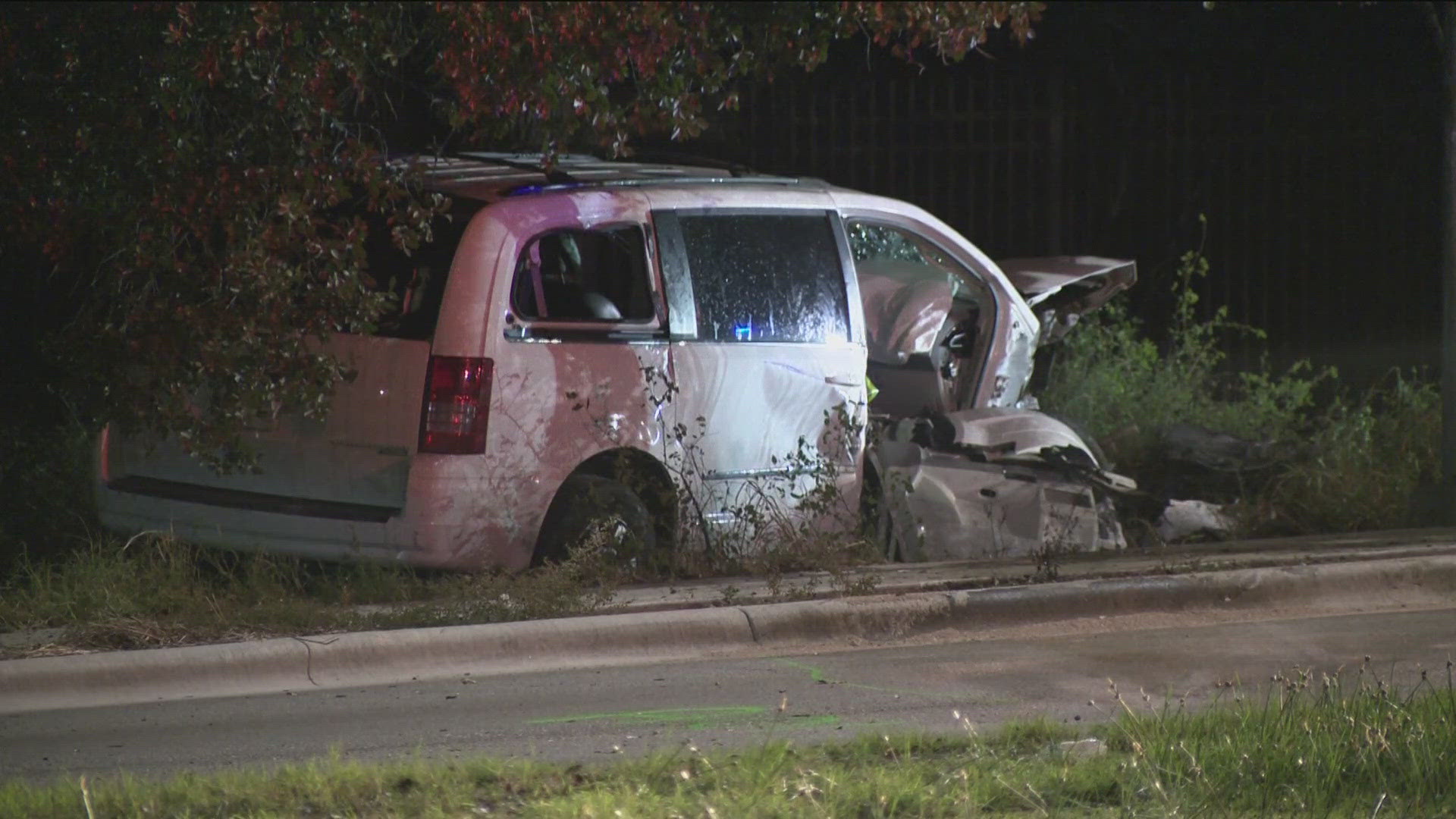AUSTIN -- For the first time we're getting a look at where potentially dangerous cast iron gas pipes are located and the plan to remove them.
It was a cast iron pipe that triggered a gas explosion in January 2012, killing an Austin father in his home.
Reported Cast Iron Leaks
There were certain areas where you could smell gas, said David Gilden, who has lived in Pemberton Heights for more than a decade.
The historic homes in the neighborhood right off MoPac and Northwoods boast some of the highest property values in Central Austin, but their beauty can't mask homeowners concerns.
Records from Texas Gas obtained by the KVUE Defenders show 14 gas leaks in the neighborhood since 2009.
We don't want any explosions over here, said Karen Orsak.
Crews are actually a welcome sight for homeowners like Orsak because Texas Gas is replacing the old cast iron pipes.
For more than a year the KVUE Defenders have been asking where these pipes are located. Texas Gas and the state refused to tell us, so the Defenders filed a Freedom of Information Act request for records on cast iron leaks in Austin the last four years.
The Defenders then mapped all 430 leaks. They reveal cast iron pipes in older neighborhoods in Central Austin from Highway 183 to Highway 71.
They also include several commercial areas. Some straddle MoPac, and nearly four dozen are east of I-35, like the Uppper Boggy Creek Neighborhood, which includes Larry Lane.
Sometimes my mother smelled gas, said Eboney Joiner, a mother of a one-year-old. I smelled it a couple of times. Thought it was the stove, and it wasn't the stove.
Joiner has lived off Larry Lane her entire life. Most of the reported leaks in her neighborhood came days after the deadly Payne Avenue explosion. Texas Gas replaced those cast iron pipes too.
Texas Gas Responds
In fact, since the KVUE Defenders investigation began in January 2012, the number of cast iron pipes has been cut nearly in half from 32 to 16.5 miles.
The company told the Defenders Monday it plans to remove the rest of the cast iron in its Austin area system by the end of 2014.
Other cities taking action
Entex, now Centerpoint Energy, did exactly that. It removed all of its cast iron pipes in Houston by 2005.
Washington D.C. did the same in 2004.
Atlanta will complete its 15-year cast iron replacement program this year.
History of warnings
Gas companies have known for decades they are a problem.
The National Transportation Safety Board warned gas companies about corrosion of cast-iron mains in 1973 and advised they each take necessary action.
In 1985, the NTSB took a bolder step warning gas companies of cast-iron main failures and recommended that all cast-iron mains be phased out.
Another advisory came in 1992, recommending gas companies adopt cast-iron piping replacement programs.
It's a very dangerous product, said Don Deaver, a national expert on pipeline safety, who worked for Exxon for years and now testifies on pipeline safety cases across the country.
With cast iron you have a history of problems where you get a catastrophic break of the cast iron itself, said Deaver.
That is exactly what Texas Gas admits happened on Payne Avenue January 9, 2012.
Crews left a gas main exposed while working on a smaller leak. It rained that morning and the 60-year-old cast iron gas main broke, triggering an explosion that killed 43-year-old Renald Ferrovechio, a single father.
You don't forget something like that, said Richard May.
May witnessed the explosion from his backyard.
As long as I see that charred house every day, I still have the same concern, he said.
He called the KVUEDefenders' map a wake up call for the rest of the Austin neighborhoods where cast iron has yet to be removed.
I would have hoped that they would have done that immediately, said May. You better open your eyes and see that Brentwood (where Payne Avenue is located) is just the tip of the iceberg.

